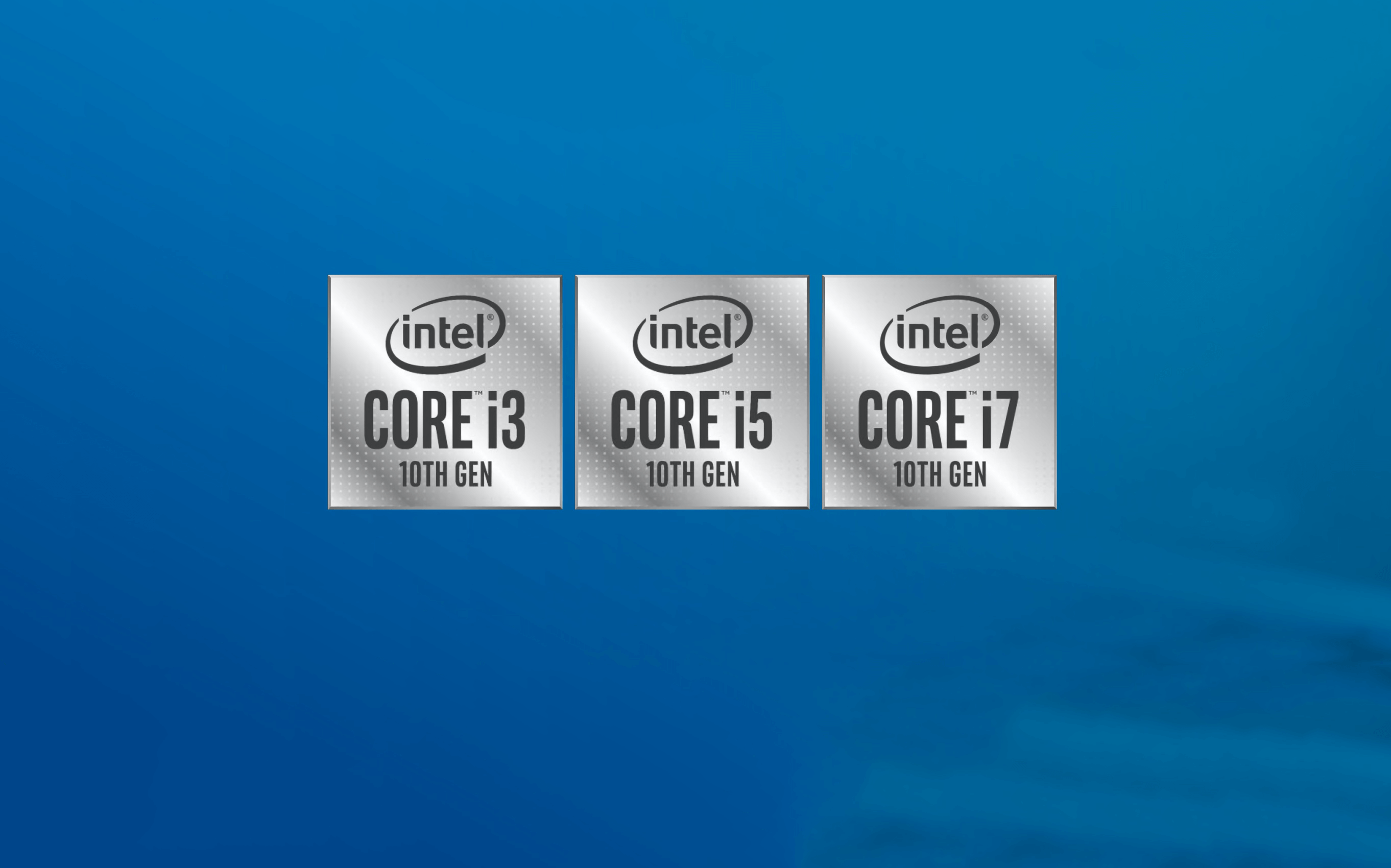Leaked promotional videos reveal performance comparisons between Intel Tiger Lake and AMD Ryzen 4000-series processors.
Intel Tiger Lake SuperFin-ishes AMD Ryzen 4000 In Latest Benchmarks : Read more
Intel Tiger Lake SuperFin-ishes AMD Ryzen 4000 In Latest Benchmarks : Read more



